A month ago, the bloke and I met up with two friends in Mattingley, a small 'settlement' near Basingstoke with a pub named "Leather Bottle", which was used as a coach inn in the old days. The name 'Mattingley' also has some family history as I have relatives (by marriage, I believe) with that surname who originally came from the area. Even before I knew this fact, I visited the "Leather Bottle" once before, several years ago before I bought my apartment in Basingstoke.
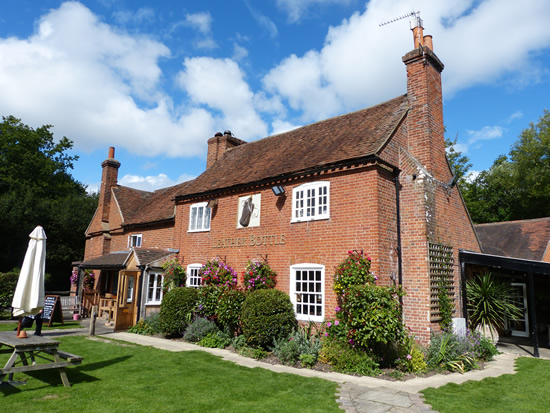
The bloke and I sat in the garden and had a drink while we waited for our friends to arrive. The weather was sunny but overcast in some places, so we had a cool breeze when the sun was hidden by the clouds. This still did not deter us from sitting outside to enjoy what was left of the summer.
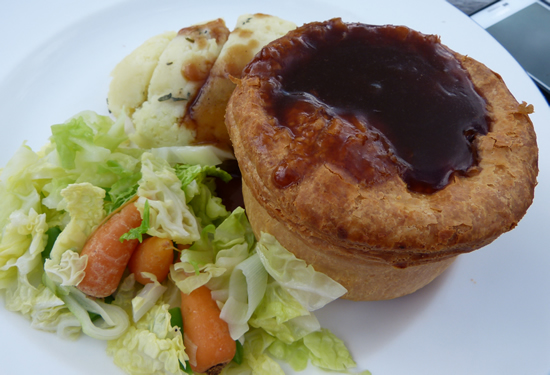
We ordered our mains, and I opted for the chicken and ham pie, which was served with carrot and cabbage and mash. The bloke ordered lamb, and this came with potato dauphinoise and beetroot and broccoli.
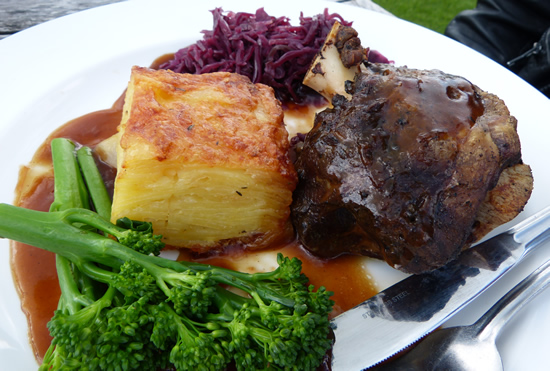
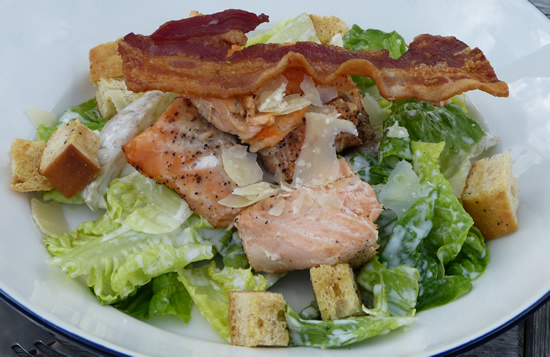
My friends ordered salmon salad and Mayalsian chicken curry. I understand that all meals were delicious. My chicken was good, but the crust was a little too heavy and filling, so I ended up leaving a lot of it.

For dessert, I had the eton mess, which was light and hit the spot.
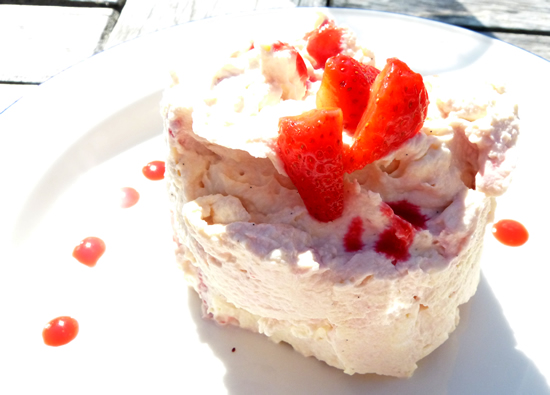
The others had a pot of English tea, which was served in blue and white china.
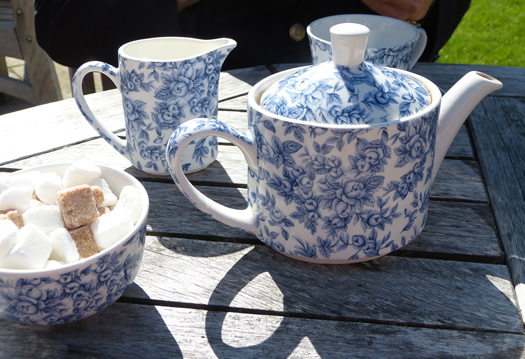
We stayed for more drinks and small-talk before we decided to head over to Silchester to have a walk around the ruins. The settlement was called Cavella, and it was an Iron Age settlement that was developed into a Roman town. It comprises of 40 hectares and was the centre of the Atrebates tribe around 1st BC. When the Romans took it over in 43AD, it became known as Cavella Atrebatum. For some reason, it was abandoned between the 5th-7th centuries, but it's one of the best-preserved Roman towns in the UK and excavations currently take place to find out more about the Romans and the tribes of England of that time.
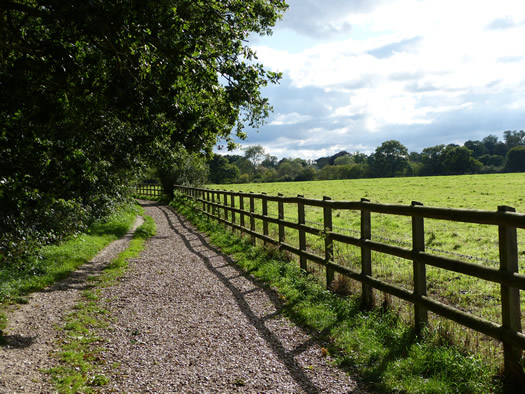
We parked up and walked from the parking area down a small pathway with fields around. We came across some elderberries, blackberries, and I also pointed out some mistletoe on a large Oak tree.
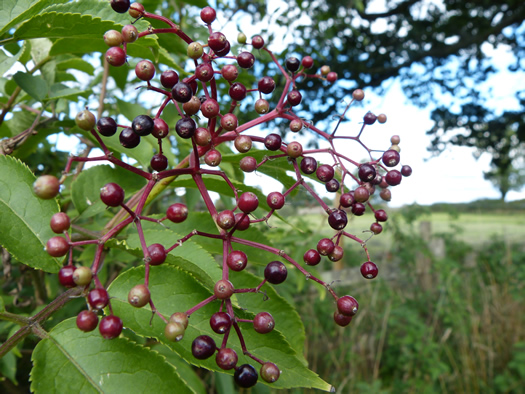
The acorns were also on display on the trees. This is my favourite time of the year, before the cold and dreary winter. The acorns bring back memories of my favourite time of the year on the farm.
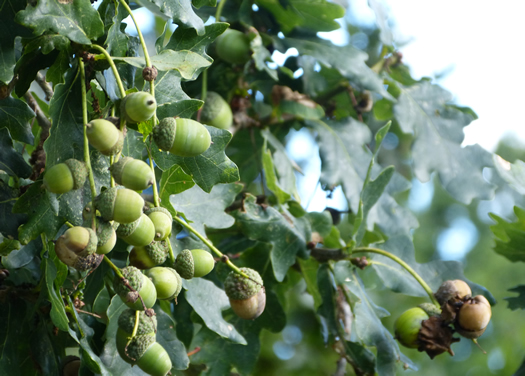
The town of Silchester was arranged around a Roman grid layout, and we saw various signs around the area to describe the layout of the town and the features that were still visible. We headed toward the North Gate. We saw the main area of the town was still being explored and excavated, and new technology has appeared in recent years in order to study the ground from above to 'see' strctures or levels of ground underneath in order to provide some insight into the use of the ground.
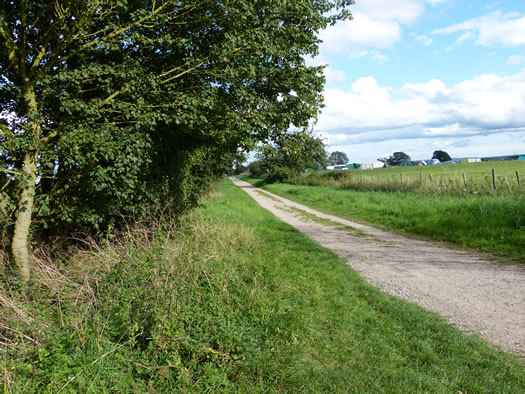
We walked along the top of one of the ancient town walls, which had a large drop on one side with beautiful lush blackberries. I wondered how many people had fallen in attempt to pick from the bushes hanging off of the cliff-face of the ancient wall. That would have hurt as it's a pretty steep drop through the brambles.
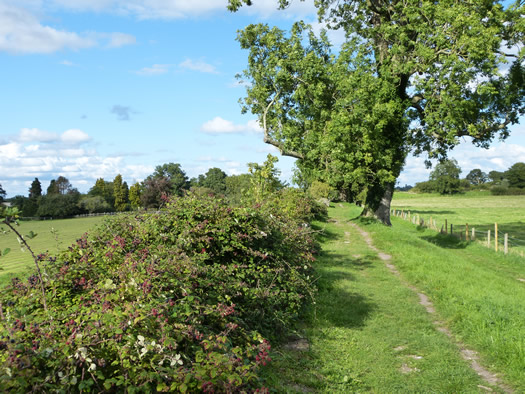
At one point, the bushes disappeared so that we could see exactly how far the drop was. I loved the beautiful trees growing along this old wall. These trees must be hundreds of years old.
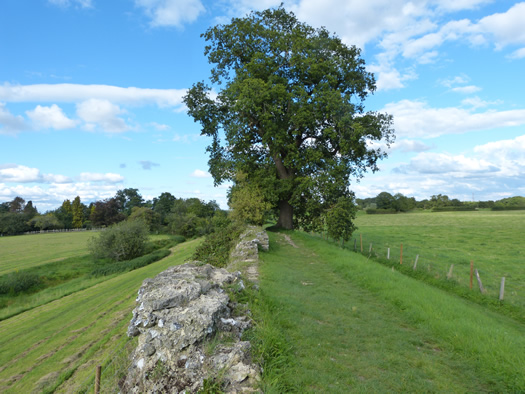
On the horizon and over the fields, we caught some glimpses of a church spire. The angle of the lighting on it made it look like a painting, and the clouds looked like a painting by one of my favourite artists, John Constable.
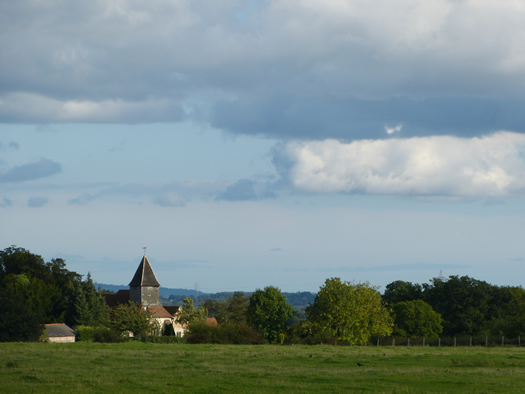
Finally, we arrived at North Gate, and we saw a board explaining its use as lining up to the major roadway to Dorchester-on-Thames. We also saw an illustration of what it may have looked like. Today, you can see the stonework and where the gate slotted into it and the roadway with the grassy mounds on either side. It's covered with blackberry bushes too.

We decided to walk to the ampitheatre, so we followed the old wall.
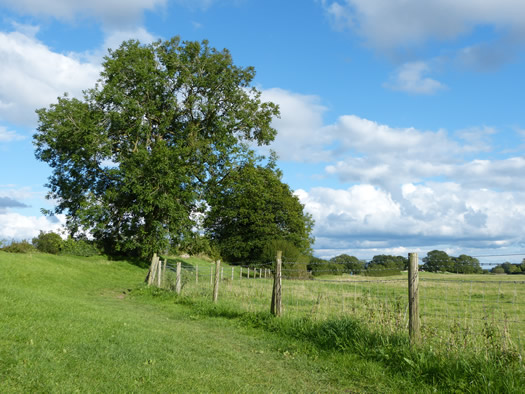
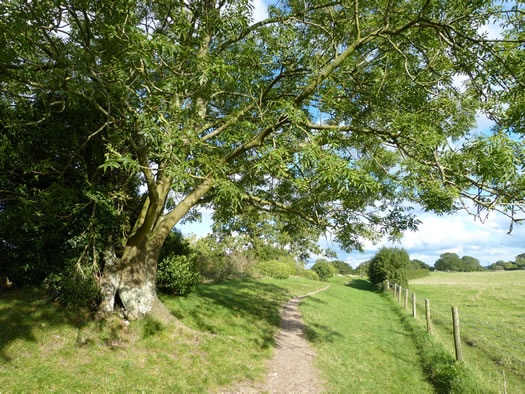
The ampitheatre could hold 3,500 to 7,250 people. Horse bones were discovered nearby, so the ampitheatre probably had events involving horses.
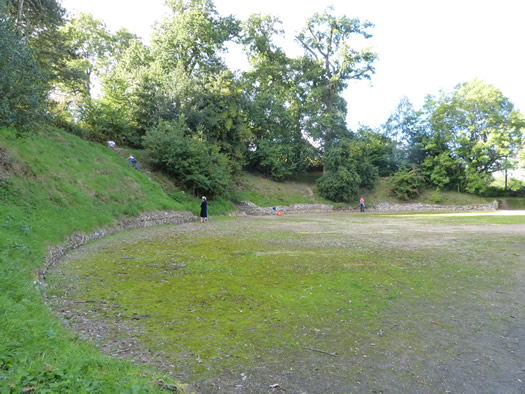
After walking to the ampitheatre, we walked along the wall and entered the church yard before making our way toward the centre of the ancient Iron Age and Roman town.
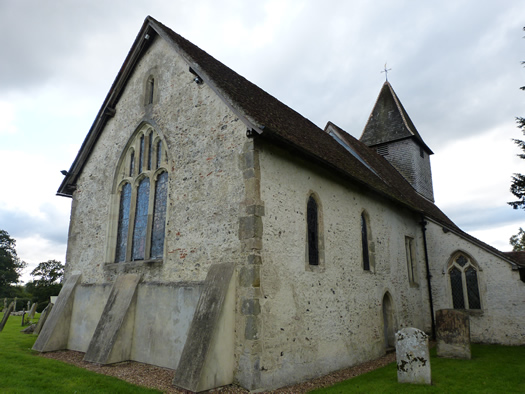
If I did not know that there was an ancient town here, I never would have realised. The land is flat here with grass on top, and it is in the middle of a field. It certainly does not look like the place where you would find a thriving town.

Silchester ruins is managed by English Heritgage, and it's typically opened from dawn to dusk. There is not a fee to walk around or explore the ruins, and there's not a lot to see, but it's a pleasant walk. We didn't walk around the whole area, but we got a good feel for the place.
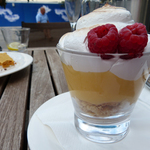
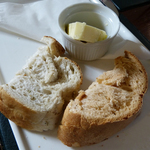
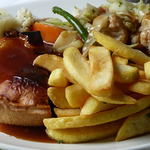
Leave a comment